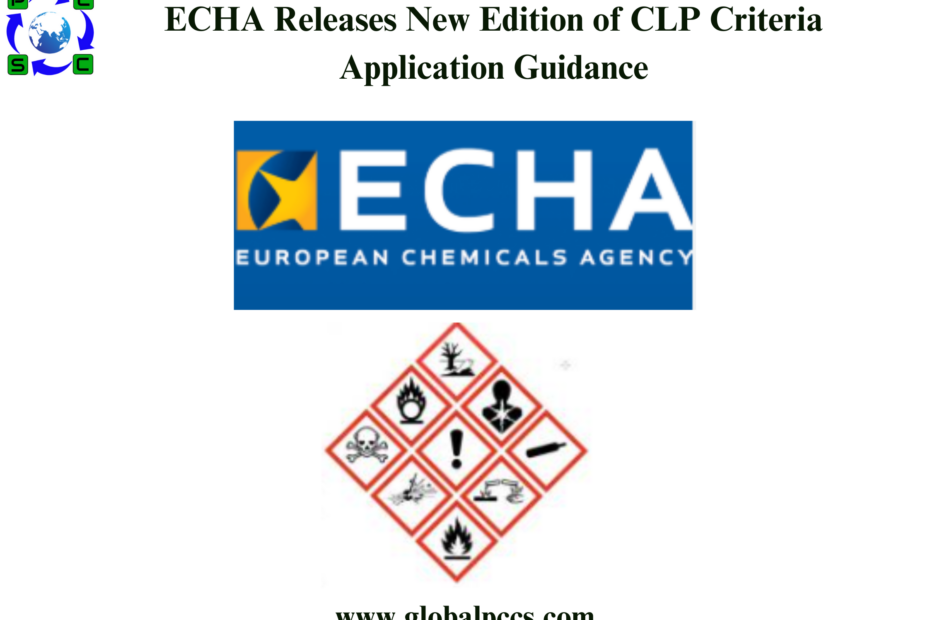 The European Chemicals Agency (ECHA) released the Guidance on the Application of the Classification, Labeling and Packaging of substances and mixtures (CLP) Criteria on its official website on November 13, 2024. Unlike the single document versions released from 2009 to 2024, the new guidance is split into five separate documents, covering an overview, general principles for classification and labeling, physical hazards, health hazards, environmental hazards, and other hazards.
The European Chemicals Agency (ECHA) released the Guidance on the Application of the Classification, Labeling and Packaging of substances and mixtures (CLP) Criteria on its official website on November 13, 2024. Unlike the single document versions released from 2009 to 2024, the new guidance is split into five separate documents, covering an overview, general principles for classification and labeling, physical hazards, health hazards, environmental hazards, and other hazards.
Part 3.11 introduces guidelines for the new hazard class of Endocrine disruption HH, part 4.2 introduces guidelines for Endocrine disruption env, and part 4.3 introduces guidelines for persistent, bioaccumulative, and toxic (PBT)/very persistent and very bioaccumulative (vPvB) and persistent, mobile, and toxic (PMT) / very persistent and very mobile (vPvM).
The first part, dealing with the general principles of classification and labeling, shows no significant changes in content compared to previous editions, primarily discussing the responsibilities of classifiers, the substances and mixtures to be classified, required information, classification lists, specific concentration limits, and methods for classifying mixtures.
The second part, concerning physical hazards, includes significant updates to all hazard categories due to changes such as the 12th ATP and updates to the guidance. It introduces a new part 2.17 on desensitized explosives, which can only be reclassified from the “explosives” category through dilution or desensitization, and their classification is mutually exclusive with explosives. Besides basic information on classification and labeling, the guidance also clarifies that desensitized explosives do not belong to the transport hazard classes, and should be transported under specific UN numbers in either Class 3 (liquids) or Class 4.1 (solids).
Parts 3 to 5 mainly provide guidance on the new hazard classifications for endocrine disruptors and PBT/vPvB and PMT/vPvM, further explaining statements in the CLP standards and providing some classification examples. ED HH refers to substances that may disrupt human endocrine systems, and classification should consider effects on the thyroid, reproduction, and development. All information relevant to determining ED ENV should be considered, including related aquatic toxicity standards, information from other aquatic or non-aquatic species, and information related to human health endocrine disruption. However, even if a substance disrupts human health endocrinology, it may not necessarily disrupt the environment. The classification criteria for PBT/vPvB and PMT/vPvM include specific standards for persistence, bioaccumulation, and toxicity. Additionally, part 3.10, set for inhalation hazards, is still under development.
Stay ahead in the world of sustainability compliance with Global PCCS, where expert insights meet the latest regulations. Unlock a future where compliance drives sustainability and your business thrives in a greener, regulated landscape.








 Authorised IMDS & CDX Training & Consulting partner for
Authorised IMDS & CDX Training & Consulting partner for





